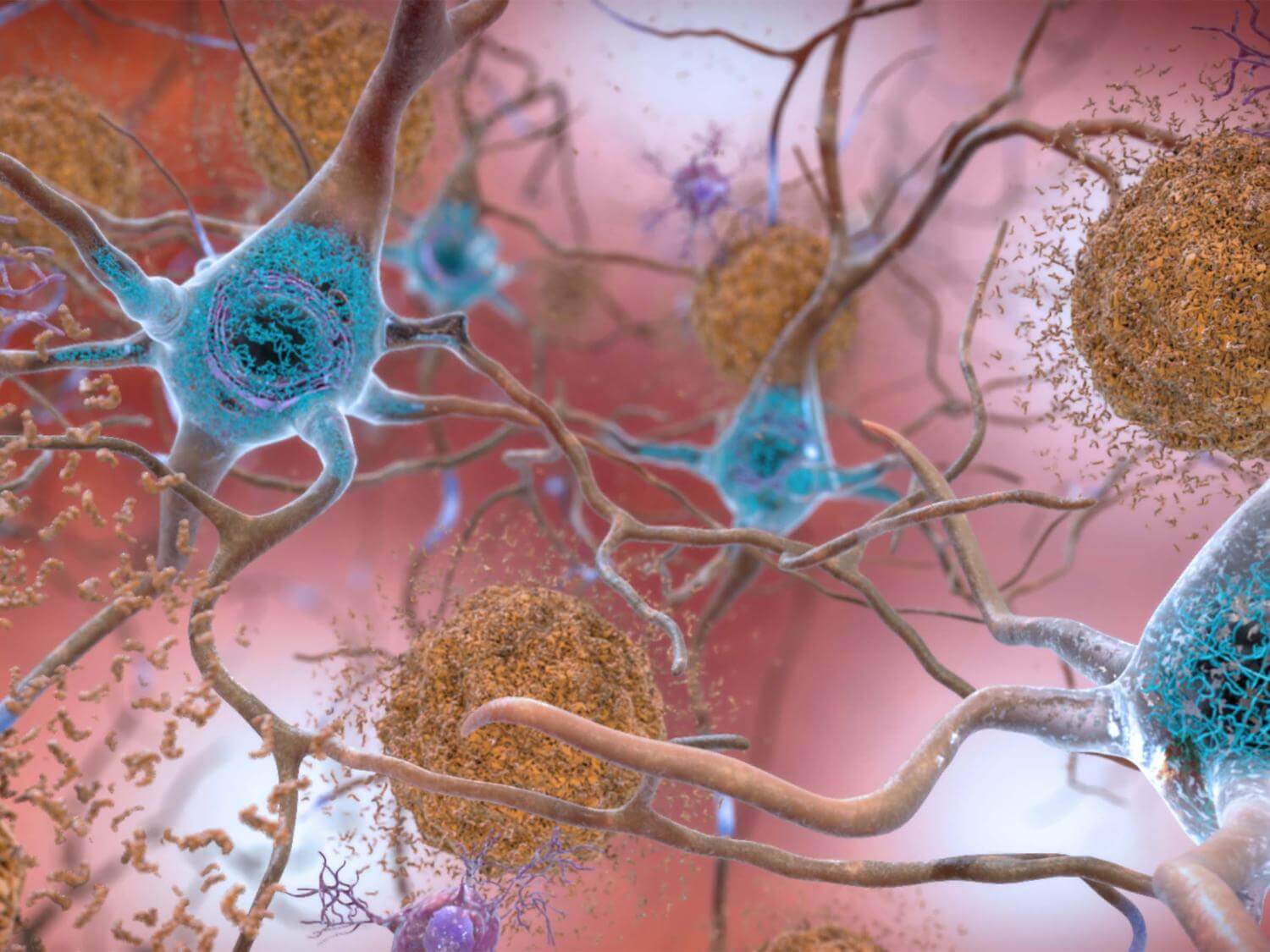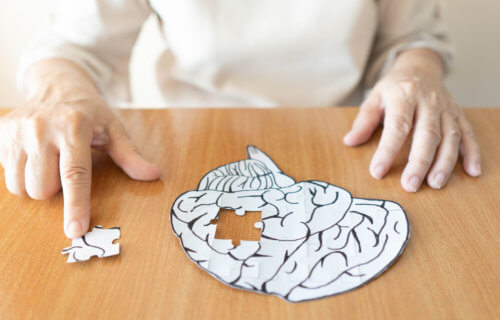SYDNEY, Australia — Australian researchers have made a startling discovery in the treatment and understanding of Alzheimer’s disease, the most common form of dementia. In a radical departure from traditional treatment approaches, scientists from St. Vincent’s Hospital in Sydney managed to restore memory without removing the notorious protein clumps, beta-amyloid, often linked to Alzheimer’s.
At the heart of this discovery is the brain’s nerve cell connections, or synapses, believed to be the storage units for memories. Alzheimer’s patients frequently lose these connections, leading to severe memory loss.
“People living with Alzheimer’s experience a loss of these nerve cell connections which has been speculated to cause debilitating loss of memory that is synonymous with the disease,” says study author Bryce Vissel, a professor at St. Vincent’s Hospital who led the international team behind this work, in a media release. “Our research set out to answer the question: by rescuing these connections, can we rescue memory? We now have compelling evidence, in a model of Alzheimer’s, that preventing the breakdown in these synapses is possible. This in turn rescues memory, offering a new way forward to understanding and treating the disease.”

However, the real game-changer came from a previously less-understood process called “RNA editing.”
“RNA editing can be used as a ‘molecular switch.’ By flicking the switch in the mice models we use in our research we were able to stop the brain cell connections from breaking down,” explains Vissel. “Remarkably, we discovered that by doing so we restored lost memory in the mice.”
This revelation could steer Alzheimer’s research in a completely new direction. Traditional treatments are often aimed at removing the beta-amyloid from the brain but without any significant success. The St. Vincent’s research demonstrates that restoring nerve cell connections, without the need to remove amyloid, can indeed revive lost memory.
Given that dementia has risen to become the leading cause of death among Australian women and still lacks a definitive cure, this research offers a beacon of hope.
“Having shown that preventing synapse loss offers a way forward to treating Alzheimer’s, our team will now accelerate work towards developing an effective treatment for this devastating disease,” notes Vissel.
The study is published in the journal Molecular Neurodegeneration.
You might also be interested in:
- True cause of Alzheimer’s may have a link to iron in the brain
- Doctors have been measuring blood pressure all wrong, study explains
- Getting up to stretch after sitting all day won’t save older adults from dementia

